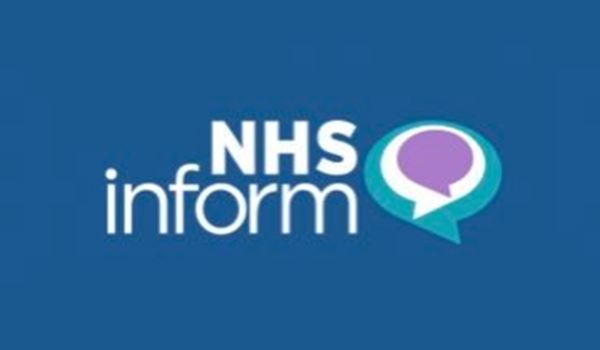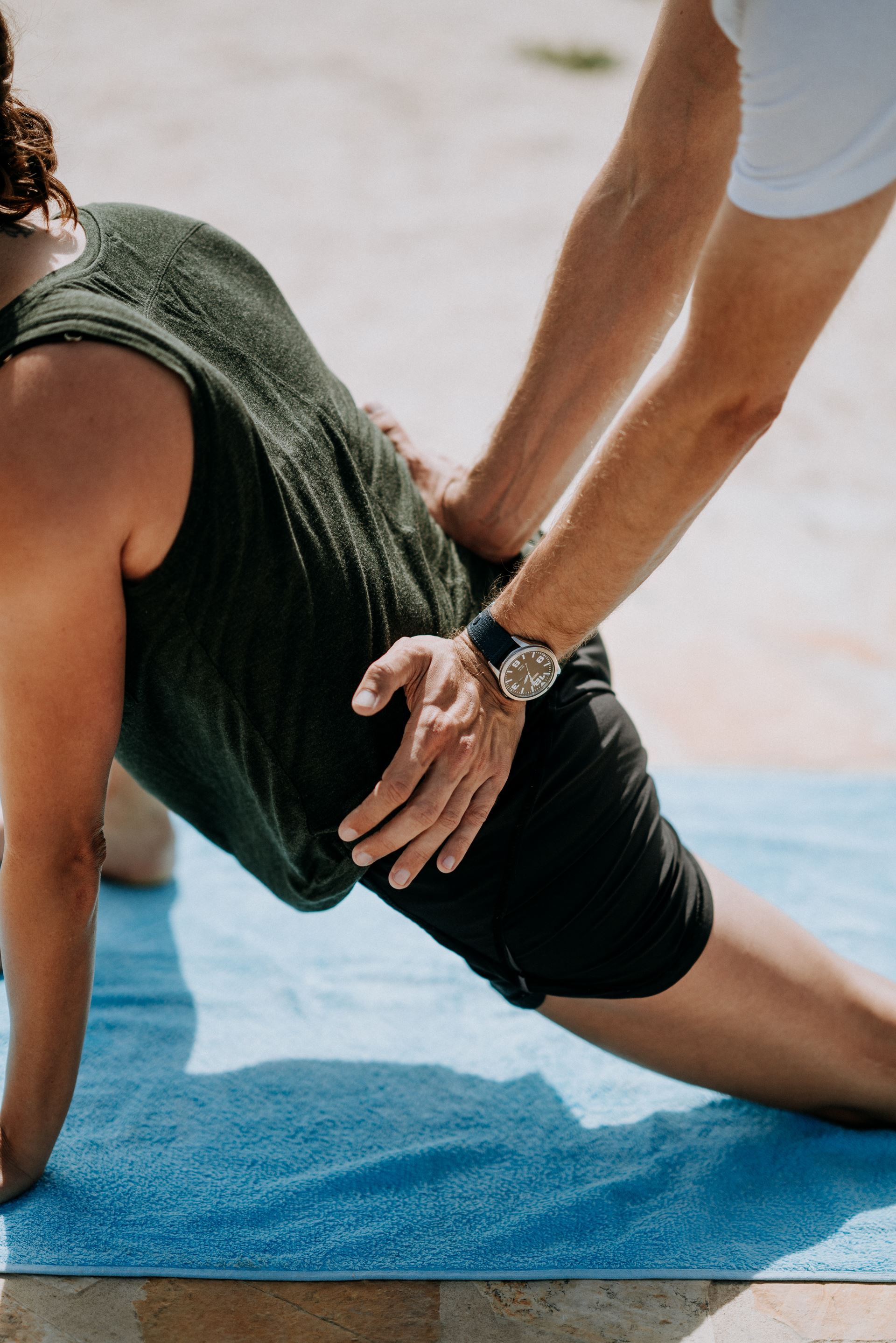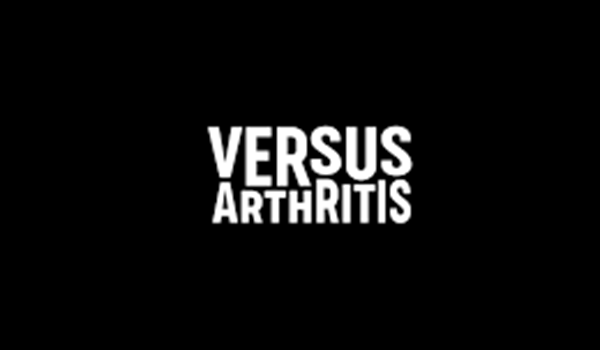Neck, Back & Spinal Issues
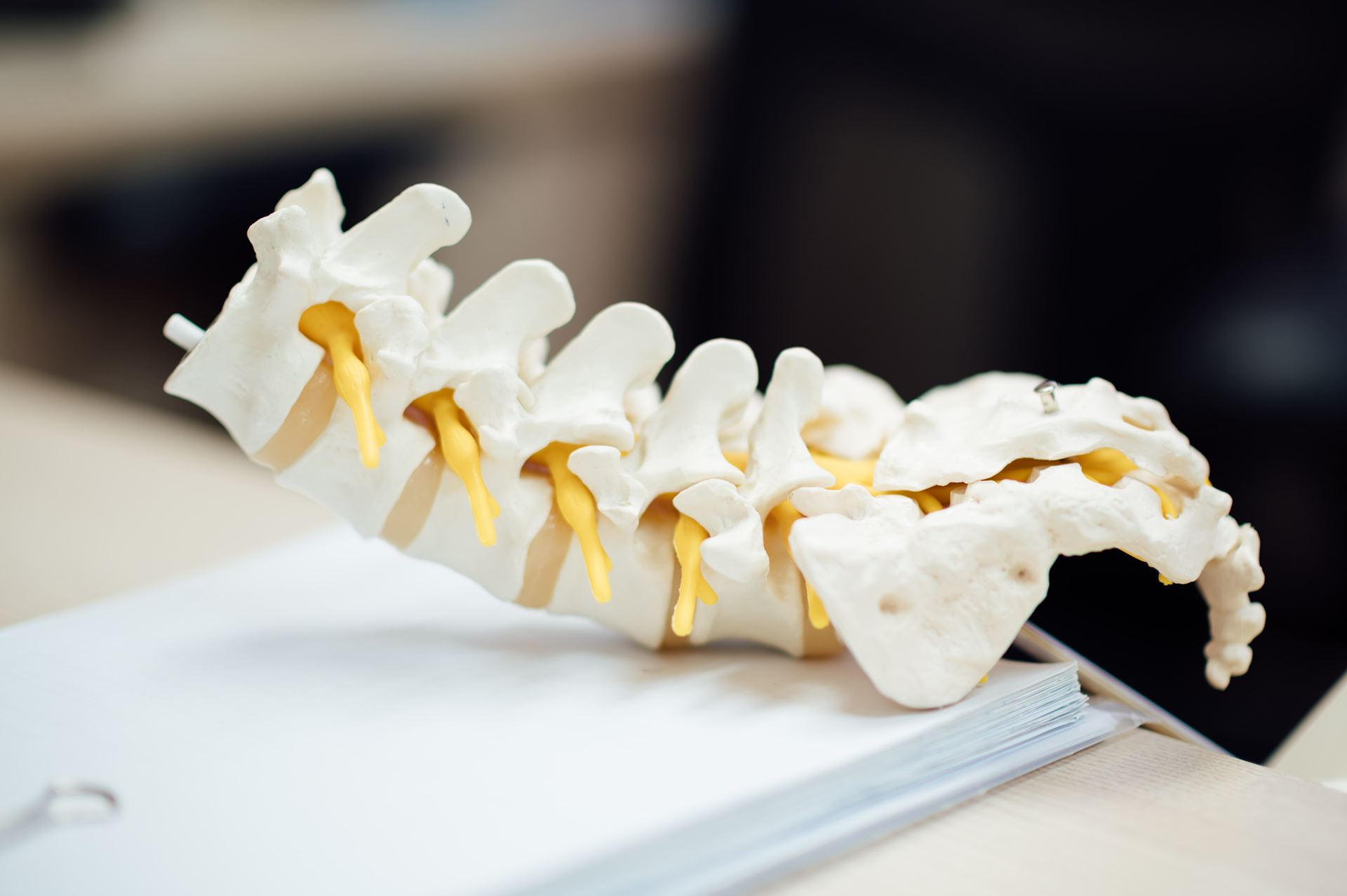
Neck and back problems are a common problem but thankfully the majority are self-limiting and last few days to weeks and are very rarely due to serious underlying cause.
Common symptoms associated with back pain include:
- stiffness
- muscle spasm
- shooting pain down leg with numbness and tingling
Below are some useful resources and information to help understand spinal problems and how to find support and manage your condition.

NHS inform
NHS inform has some:
- useful and practical tips on managing common back and neck issues
- when to seek further help
- self-help guides
Arthritis - Spondylosis
Spondylosis is the medical term we use to describe arthritis in the spine:
common types include:
- Cervical Spondylosis (neck)
- Lumbar spondylosis (lower back)
Arthritis in the spine causes dehydration in the lumbar discs and disc space narrowing. Also the small joints connecting each of the spinal segments also degrade over time and put pressure on the nerve roots exiting the spinal column cause shooting pain and alteration of sensation in the torso and legs.
Flare ups are common and require simple pain relief in most cases. For severe or persistent pains physiotherapy may be required see the link below for more support on arthritis.
Lumbar Disc Prolapse (Herniated Disc)
Disc prolapses or slipped discs, occurs when the spongy soft tissue, between the segments of the spine weakens and bulges out. This herniation of the disc presses against other surrounding structures including sometimes the nerves exiting from the spine.
common symptoms include:
- Pain is the most common cause and can range from mild (small disc prolapse) to very severe (large prolapse)
- shooting pain with numbnees / pins and needles radiating across one side of the torso or arm (radiculopathy) or down one side from buttock to leg (sciatica)
- emerging numbness in the saddle region with possible new urinary or bowel incontinence is rare but important to recognise and is a medical emergency which needs further assessment in A+E.
Muscular Back Pain
Is the most common cause of spinal pains in neck and back which affects the ligaments, tendons and muscles in the back surrounding the spine.
There are several causes:
- postural pain cause by prolonged sitting or lying in an abnormal positions.
- muscular strain /sprains from over exertion or lifting injury
- prolonged lack of exercise with weak muscles.
Often cases self-resolve with in a 2-3 weeks which require pain relief with stretches and exercise. Sometimes prolonged or severe cases require regular stretching and exercises and physiotherapy support . (see link for physio support)
NHS Lothian Integrated Back Pain Service
Is available for people that need further help that with severe back pain. The integrated back pain service is an experienced multidisciplinary team comprising of:
- Experienced Physiotherapists
- Advanced Physiotherapy Practionners
- Spinal Surgeons
- Rheumatology Support
- Radiology services
- Pain clinics
- Emergency Services
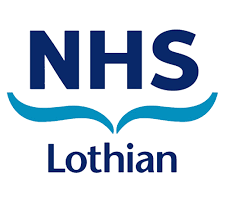
What do the Back Pain Service Offer?
The team work together providing clinical assessment, further investigations if warranted, regular therapy sessions/ treatments and in rare cases offer surgery.
CLICK HERE on this helpful video explaining more about the service
Referral to this service is through our clinical team here at banghom medical centre or you can self- refer. To find out more, please follow the link to physiotherapy support on this page.
Vertebral (spinal) Fractures
Vertebral back fractures caused by high impact trauma like in a car accident which are dealt in often in emergency scenarios that require immediate hospital treatment through accident and emergency department.
However, more commonly occuring fractures are caused by low trauma like a fall in older people or sometimes even from a lifting, coughing, sneezing of twisting injury. These injuries mostly occur at the mid-level of the spine (thoracic) or lower spine (lumbar).
There are several causes to low trauma fractures but the most common is related to osteoporosis, a condition where the thickness of bones have become severly reduced.
Patients often describe symptoms of moderate to severe back pain made worse by movement or prolonged sitting or standing. Length of recovery can take a few weeks but several months in more severe cases.
Page created: 04 September 2020
